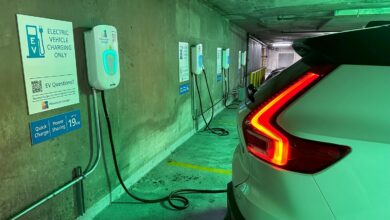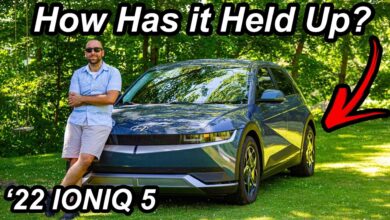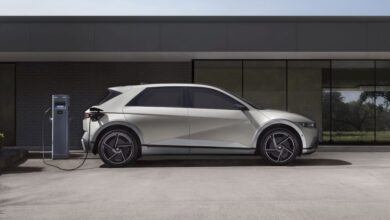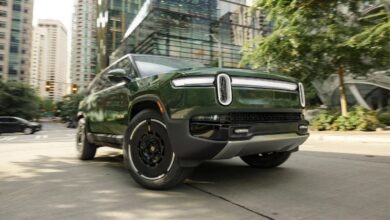Rivian’s Next-Gen EVs Are Now Here. I Went Inside the Labs Where They Came Together
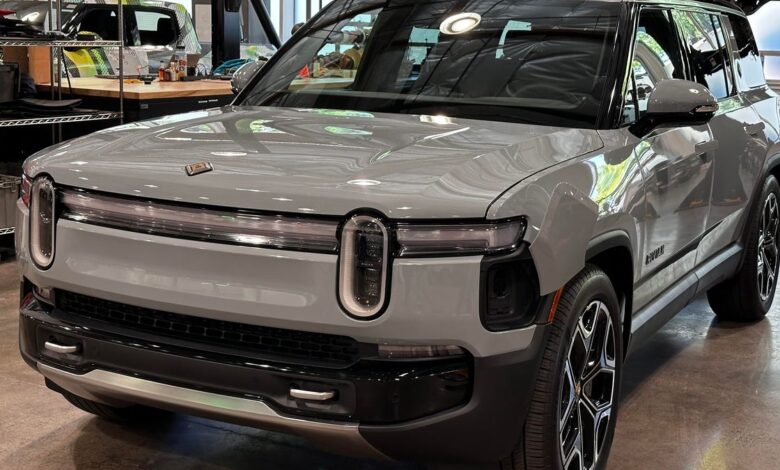
I’m in the driver’s seat of the coolest car I’ve ever been in, but even though there’s a steering wheel, it doesn’t drive. There’s no motor or exterior panels and the entire guts of the vehicle – wires and all – are exposed around the frame. It’s a lab car and it could be straight out of a Transformers movie. It’s one of the main ways EV maker Rivian tests new software features before they make their way to an actual vehicle.
Rivian invited CNET to see inside two key labs at its Palo Alto, California, campus, where it worked out out much of the electrical hardware and software development on the second-generation R1T pickup truck and R1S sport utility vehicle. We’re the first members of the media to tour these labs ahead of the new-vehicle launch. The second-generation R1S and R1T are just now becoming available, with prices starting at $75,900 for the R1S and $69,900 for the R1T.
Most drivers will never see the inner workings of their cars, let alone tour an automaker’s test lab, so this feels like I’m being let into a secret world.
The Palo Alto campus also houses an enormous garage where I get to see how Rivian’s software-driven approach comes to life in the new R1S – I’m one of the first from outside the company to drive it. This is the first time I’ve been behind the wheel of an EV, and at first I was intimidated by just how much there was to learn, like regenerative braking and one-pedal driving.
Watch this: See Inside Rivian’s Electric Vehicle Test Labs
But as soon as I set up the sport drive mode on the display and adjust my mirrors and steering position, I put my foot down and feel how responsive the vehicle is – and how much fun it is to drive. As my colleague Antuan Goodwin wrote about the first-gen R1T, which shares the same powertrain, battery and many of the same specs with the R1S, “it’s a really good truck. Full stop.”
You can find more of my first drive experience in the video on this page.
It’s certainly a unique experience.
“We have created both our electronics and our own software,” says Wassyd Bensaim, chief software officer at Rivian, as he shows me around the new vehicle.
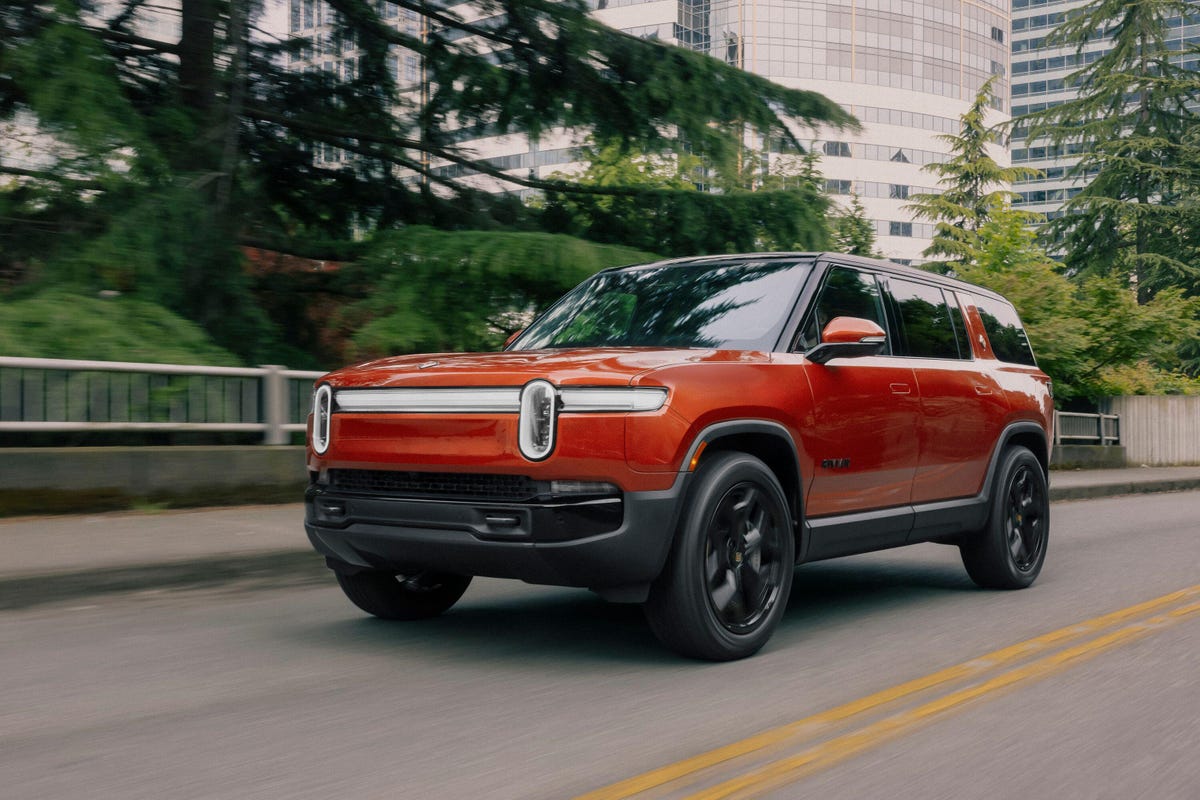
The new headlights and taililghts have RGB lights in the horizontal bars.
As is the case with Apple, Samsung or Google updating your phone, automakers can introduce new features to your car over the air. But beyond changing basics like the infotainment system, Bensaim says, Rivian’s in-house development platform means the company can also update things like battery management and vehicle performance.
Rivian is an American electric vehicle manufacturer that focuses on trucks and SUVs. While rival vehicles like Ford’s F-150 Lightning are work trucks, the R1T targets the adventure market, and the company is working on a more compact and affordable SUV called the R2 that will hit the market in 2026.
Like Tesla, Rivian has its own charging network, known as the Rivian Adventure Network. In April, the company announced a new reliability score that rates fast chargers on any network, including Tesla Superchargers, so drivers can find reliable locations. Rivian delivers over-the-air updates roughly every month that add new features and updates to its vehicles.
I got to see how many of these updates start out in a series of test labs at Rivian’s campus.
Getting into the zone
Rivian’s electrical hardware lab feels like any other you might find in Silicon Valley. An engineer is busy soldering components at the bench, and I get to see how tests are carried out on another board responsible for self-driving. This lab is where many of the electrical components were designed for the second-generation R1.
Sitting on a desk in the middle of the lab are a number of thin metal boxes, called electrical control units, similar in size to a hardcover book. Found in all modern vehicles, each ECU is responsible for tasks like autonomous driving, navigation and cabin temperature control.
“They’re really the brains behind all the operations of the vehicle,” says Vidya Rajagopalan, senior vice president of electrical hardware at Rivian.
All these boxes are connected through a wire harness. I try to pick up a segment of harness from the first-generation R1 that’s sitting on the desk and struggle with the weight. Rajagopalan tells me this entire bundle is now gone on the new vehicle because Rivian redesigned the entire electrical system.
Instead of grouping individual ECUs by function, the second-generation R1 vehicles consolidates ECUs into zones based on their location in the vehicle. Corresponding to the points of a compass, there’s one in the west, one in the east and one in the south of the vehicle.
“It’s like if you think about post offices,” Rajagopalan says. “If you decided that I didn’t need one post office per city, you’d put the post offices for neighboring cities together and consolidate them.”
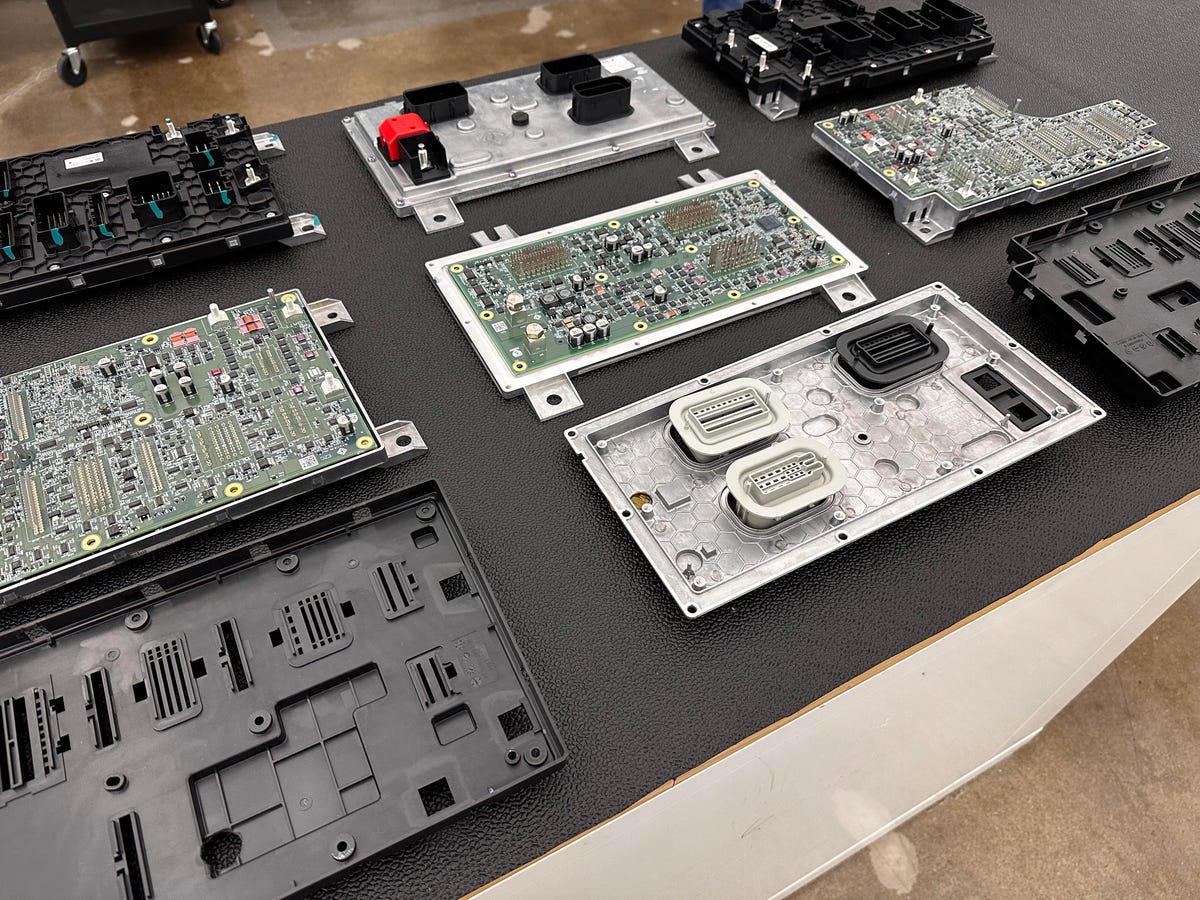
Some of the components of Rivian’s new zonal architecture.
Rivian says that redesigning the entire electrical system helped remove 1.6 miles of wiring and reduced the number of ECUs from 17 to seven in the new car, which reduces weight by 44 pounds. That’s important for EVs because a lighter car can improve range, but it may also improve reliability as there are fewer components that might fail.
Many EV makers, including Tesla, are moving to a zonal system as it’s easier to manufacture, but also allows automakers to more easily push over-the-air updates with new features.
Rivian’s lab car
We walk across the hall to another brightly lit room filled with lab cars for each of Rivian’s vehicles, including its delivery van. This is where engineers do integration testing, putting all the components together in the lab car to make sure it all works as expected.
“You can actually look at the electrical signals, and with an oscilloscope, you can monitor everything to make sure it’s really performing at spec,” Rajagopalan says.
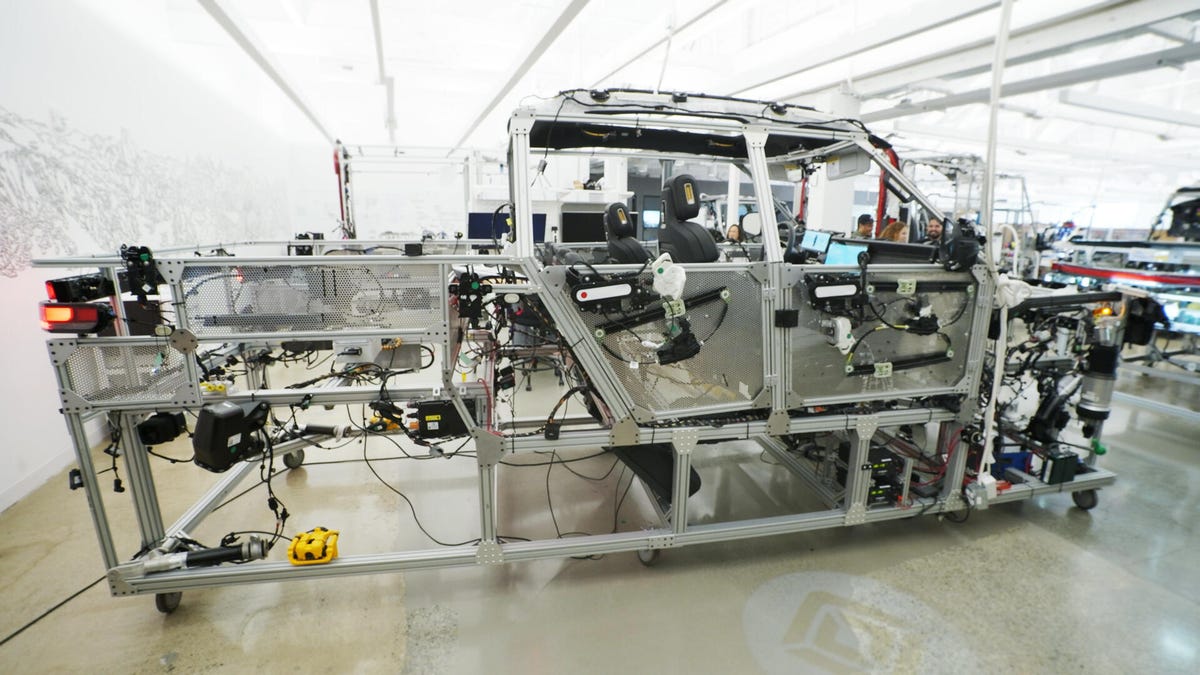
She shows me the two lab cars for the first- and second-gen R1 vehicles, and I get to see the physical differences in wiring and controllers. It took about two and a half years to redesign the vehicle architecture between generations. The wire harness I saw in the electrical lab is completely gone on the new car. It’s fascinating how many electronic components exist in an EV, including the autonomy experience module, which has between six and 12 times the AI compute power of an Apple M4 chip, according to Rajagopalan.
Rivian also added ultra wideband to the new R1, a technology used in the iPhone, Android phones and AirTags. Ultra wideband uses radio signals to help determine an item’s location and lets you unlock your vehicle with a compatible phone or a watch. You can even share digital keys with others. Other automakers like BMW, General Motors and Mercedes also offer ultra wideband on some cars.
Engineers test over-the-air software updates on the lab car before deploying them on the company’s internal fleet. Once an update passes, it’s released to all vehicles.
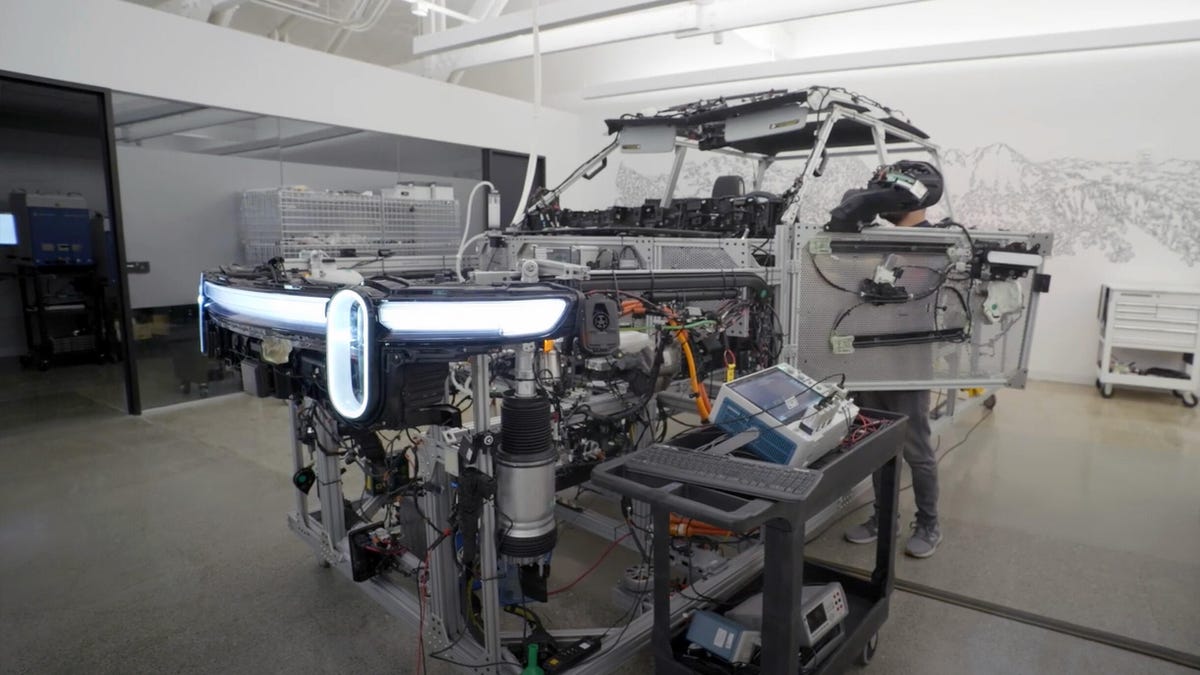
A Rivian engineer works on the R1S lab car.
Inside Rivian’s EV garage
For all the serious development that goes on behind the scenes, there’s a real playfulness to Rivian’s EVs that I wasn’t expecting in the production vehicle. Bensaid shows me a new charging animation on the front lights of the R1S that fills up the row of LEDs like a battery bar when the car is plugged in. He mentions that there will be more lighting Easter eggs later on, and I ask about a Halloween theme. Bensaid all but confirms it: “Coming soon,” he says.
Then there’s the vehicle’s new user interface, powered by Unreal Engine, a 3D system used by video game designers. This helps render real-time graphics and animations, so I can see shadows from the fireplace flicker on the screen when we change into camp mode. New interior lighting options that run the gamut from Pacific sunset vibes to a twilight trail add to this playful theme, and a new electronically tinted glass roof means I could lie back and watch the stars if we were actually camping.
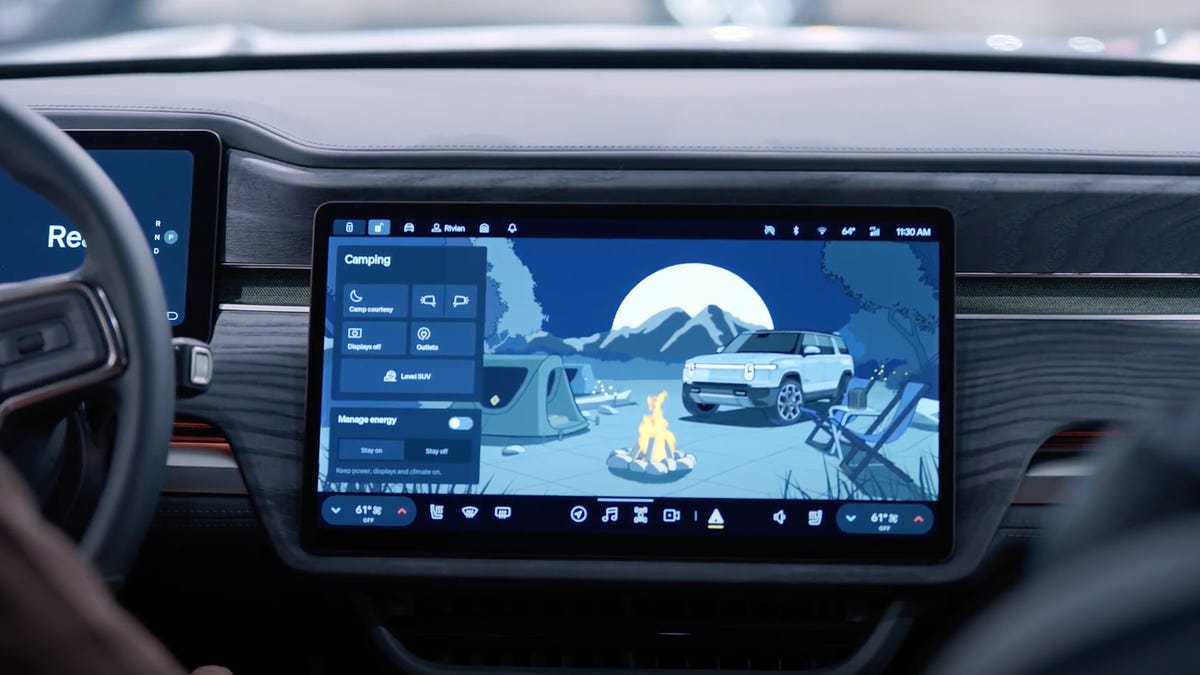
Camp mode lets you optimize vehicle energy when parked and levels out the vehicle so you have a flat surface for sleeping or cooking.
Owners of the first-generation R1 vehicles will also get this overhauled user interface via software update. Other new features in the second-generation vehicle, like a new blind spot view that appears on the dash when you flick the indicator stalk, will also come to current R1 owners.
Rivian has been receptive to owner feedback over the years, and Bensaid says he reads Reddit threads, among other social forums, to connect with customers.
I ask what other features are coming based on feedback and he reveals that Gear Guard, Rivian’s security system that captures footage from the car’s external cameras, will be available to stream from your phone in a software update in the third quarter. Currently, Gear Guard only allows you to view videos on the in-car display. Also coming soon: Apple Music as a streaming option, alongside existing Spotify and Tidal support.
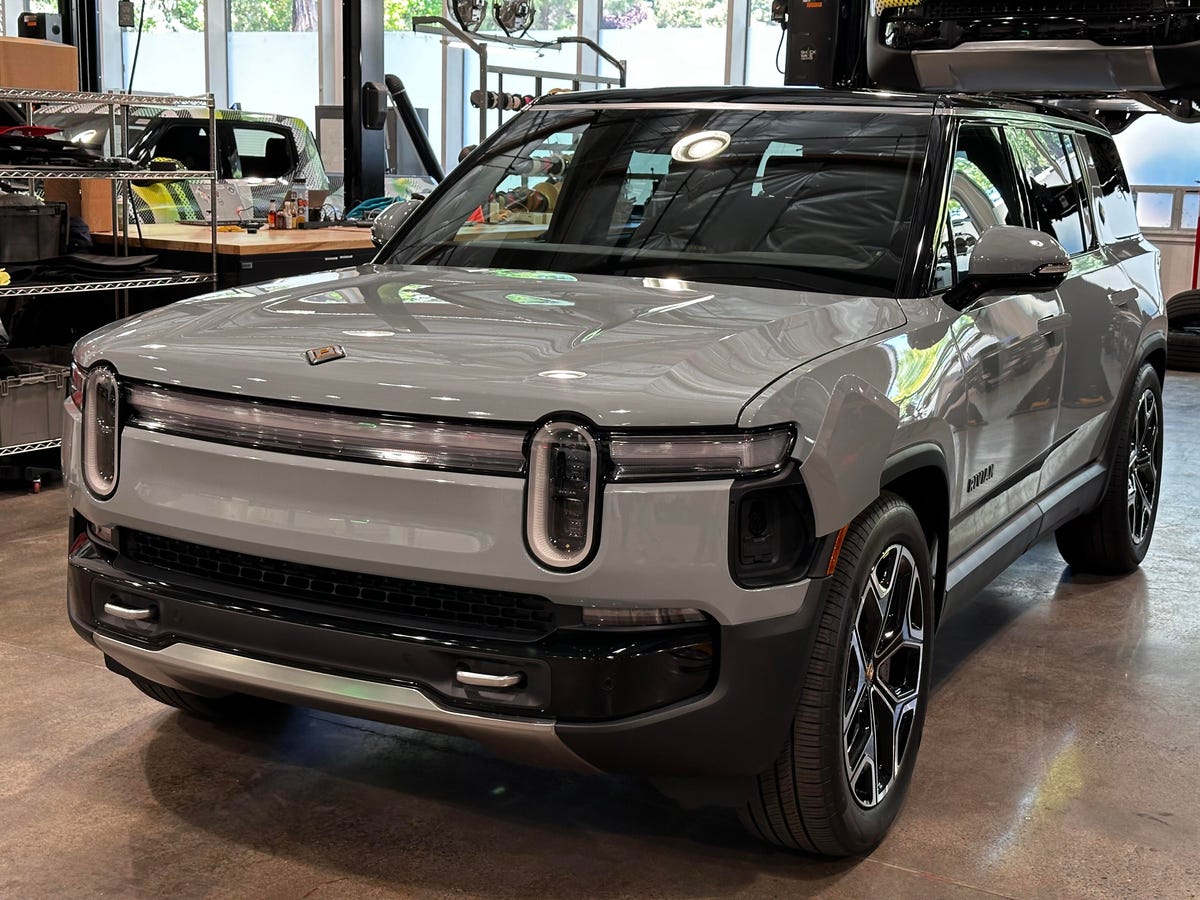
My very first EV drive!
Driving the new R1S brings it all together
Seeing how Rivian builds its vehicles from the ground up is eye-opening. It feels more like how Apple approaches building a device like the iPhone, developing both the software and hardware in-house, rather than how I imagined an automaker would build a car.
It’ll be interesting to see how Rivian leverages all this hardware in the next few years, particularly when it comes to AI.
“You can imagine a world where your vehicle will predict the issues,” Bensaim says as he describes a scenario where the vehicle could automatically book a mobile service van for repairs as it analyzes service and reliability data.
My first, brief experience driving an EV has left me wanting more. It’s the attention to detail that I appreciate most, like the blind spot indicator when I’m switching lanes and the responsiveness of the user interface when changing drive configurations. I just tap a button on the screen and Immediately feel the R1S change ride height and suspension.
“Bringing those conveniences, these quality-of-life improvements,” says Bensaim, “changes your relationship to the vehicle.”
